Last week, Professor Graham MacGregor, the scientist behind Consensus Action on Salt and Health (CASH) – and the campaign for new targets on sugar reduction - accused prominent anti-sugar campaigners of being “nutters”.
And an obesity summit in Westminster yesterday - where MPS, NGOs and industry figures discussed solutions to the obesity crisis - seemed to back up these accusations.
The meeting (on a crisis that several audience members compared to the 1980s AIDs epidemic) was so bombarded with ridiculous ideas and questions that it was hard to imagine anyone in the room living to see a solution.
Doctors on the panel virtually choked on their green tea at the idea of learning lessons from America (home of the super-sized food portion). Meanwhile, another panellist from the medical profession pointed out that a proposal to send obese patients on nature and yoga holidays wasn’t much use to his poverty-stricken patients living on a diet of burgers and chips.
Particularly alarming, was that the National Institute for Health and Clinical Excellence (whose talk about its back catalogue of guidance on tackling obesity begged the question why has none of it worked), new body Public Health England and the Department of Health seemed incapable of agreeing between them which was responsible for setting public policy on obesity.
But while there appeared precious little hope on offer in Westminster yesterday, a more positive and interesting development has officially been launched today.
Professor MacGregor’s CASH has rolled out smartphone app FoodSwitch , which is based on the government’s controversial traffic light hybrid system and is designed to help consumers detect hidden “nasties” and swap to healthier options. The app gives nutritional information for a product when a shopper scans its barcode using the app, and then offers “healthier” alternatives.
Predictably, FoodSwitch has already sparked a row, with leading sources in the food industry claiming it risks being riddled with inaccuracies. And such fears have been given credence by CASH’s admission that the initial data for the app was compiled by a group of around 20 students who tended to live close to Sainsbury’s and Asda stores. Consequently, the FoodSwitch product database works well with products from those retailers but not so well in Aldi, Lidl or Iceland, CASH campaign director Katherine Jenner admitted, or with The Co-op, and own-label products from Waitrose, Tesco, Marks & Spencer and Morrisons.
But Jenner insists critics of the app are “crazy” to attack it and angrily denies suggestions the launch is timed to maximise the discomfort of an industry already reeling from national headlines on sugar
“This is us doing our bit for healthy labelling,” she says. “It does have some initial issues but we believe things like crowdsourcing can keep developing it and keep it up to date with product changes.”
One again CASH may have a point when it comes to pointing out the state of mind of those in the debate.
Surely what is crazy is that the DH, retailers and suppliers who have signed up to the traffic light scheme haven’t themselves developed an evidence-based app of this kind, rather than leaving the activity to tame Change4Life ads and NGOs whose agenda some will doubtless question.
To date, the launch of traffic light labelling has been one stupendous damp squib despite the backing of all the major supermarkets, with the average consumer in blissful ignorance of the changes.
In the age of the smartphone, instant access to key stats on health and nutrition, along with other data such as their environmental impact, is surely the way forward.
Either that or pack the bags for that yoga getaway





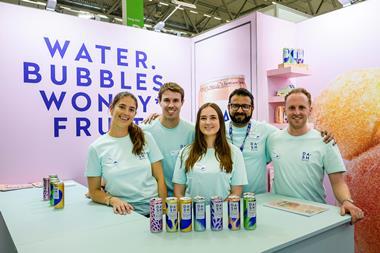
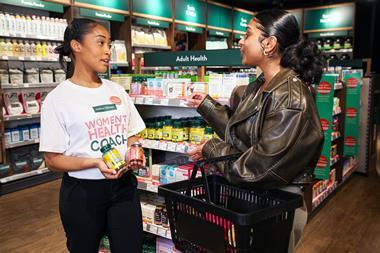



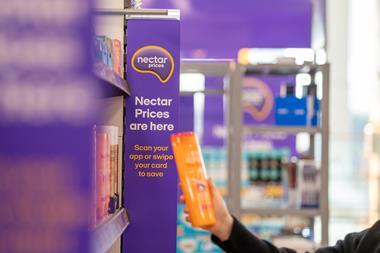
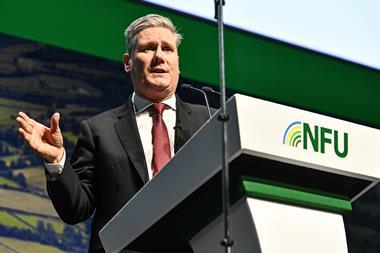
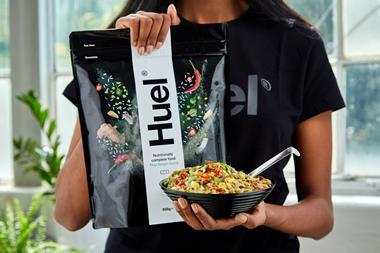


No comments yet